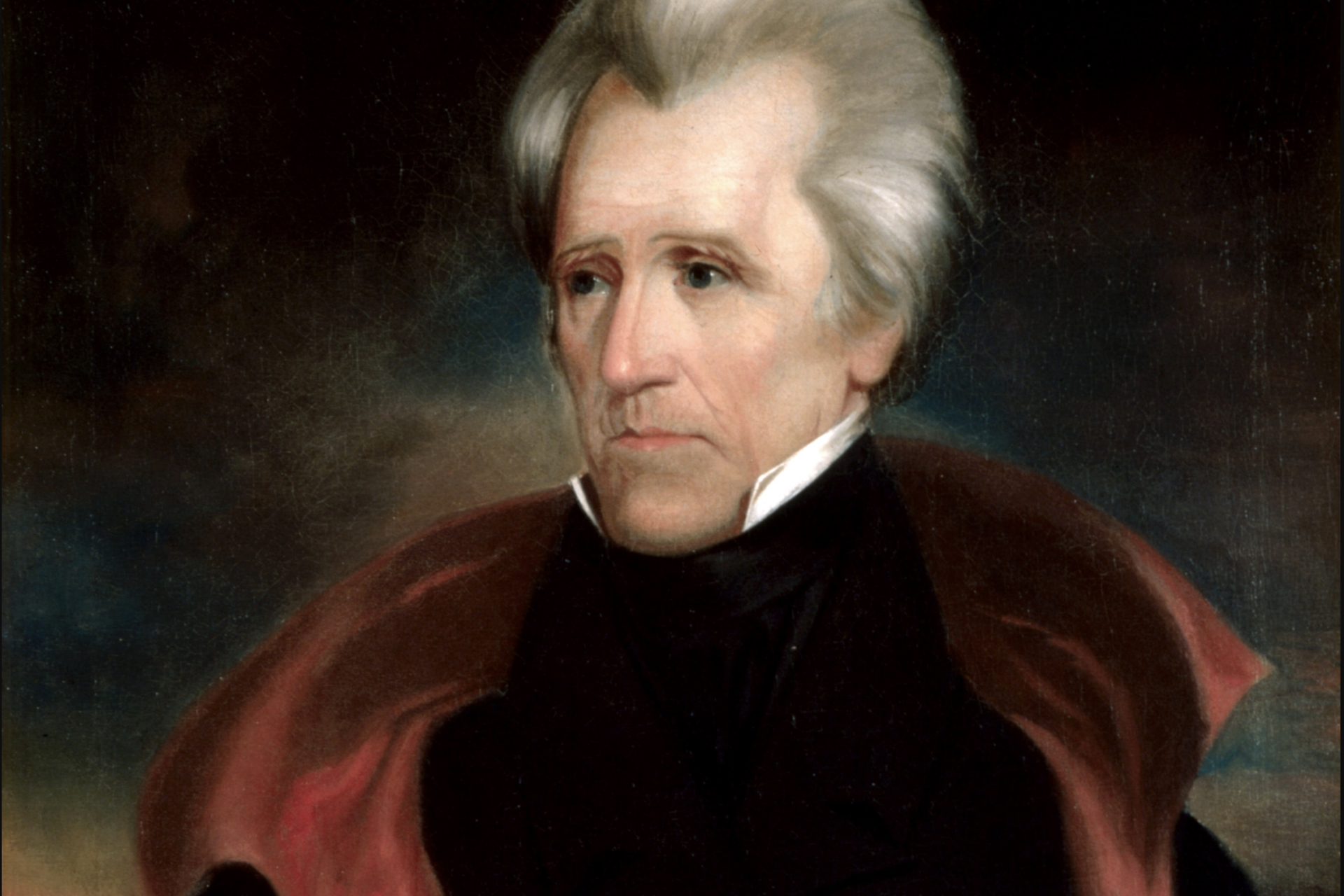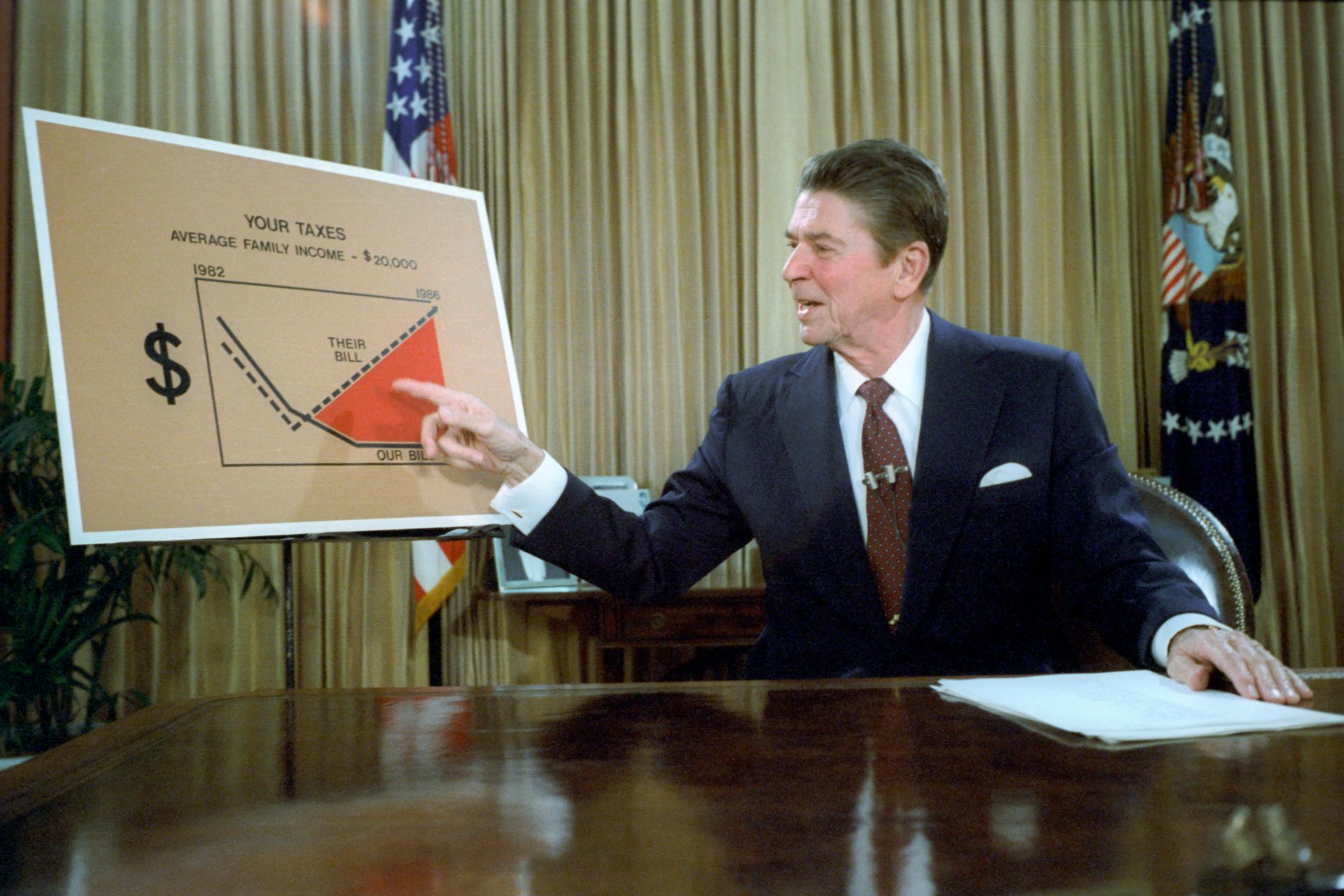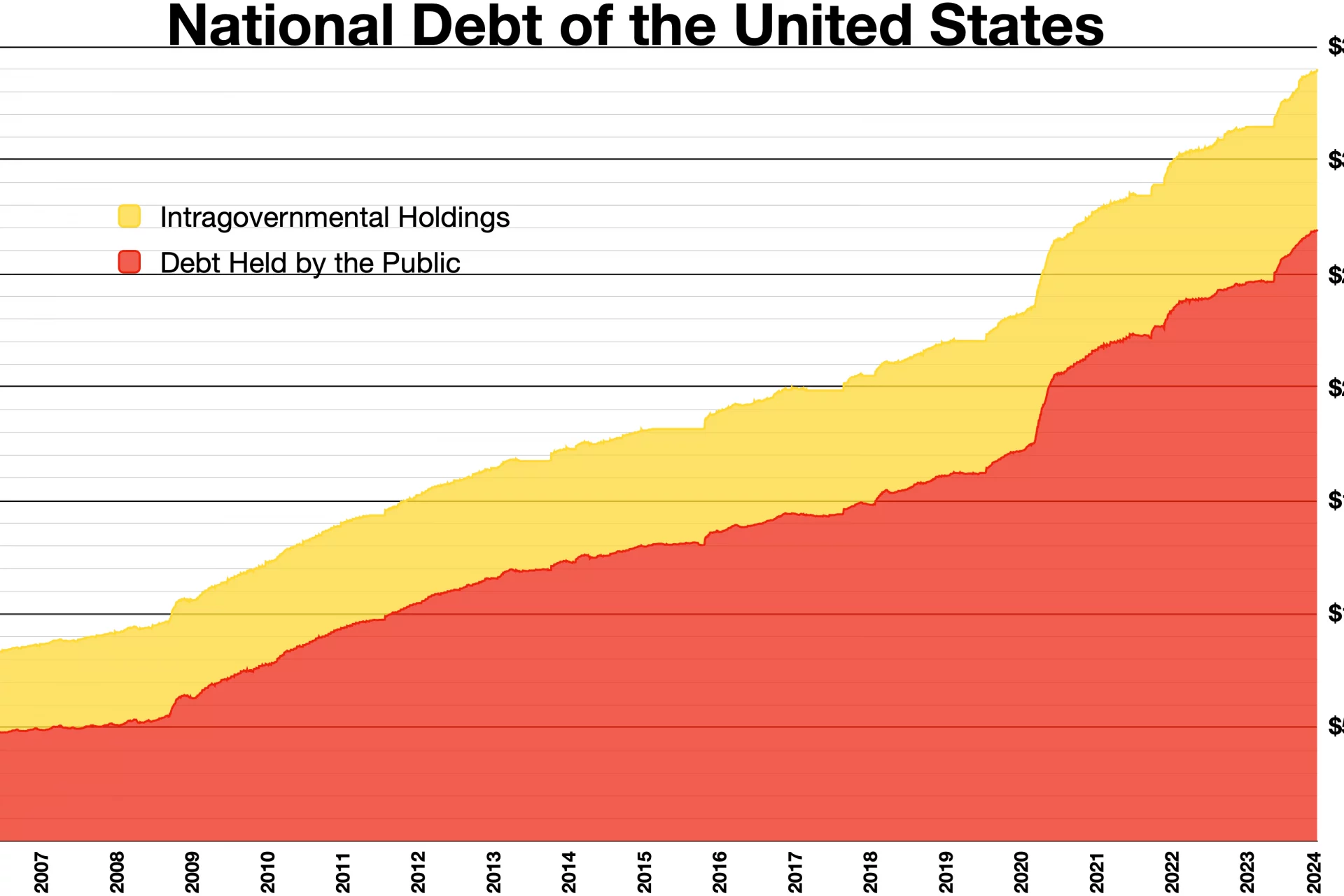The US national debt has reached a terrible new record
The United States government’s debt reached a concerning new record high at the end of 2023. But just how bad is it and does having tens of trillions in debt even matter for a country as economically powerful as the US?
On December 29th, the US Treasury Department published new data showing that the country’s national debt pushed above $34 trillion dollars for the first time in history. But how much do you really know about the debt?
The US national debt is the amount of outstanding money that the federal government has borrowed in order to fund its various programs according to CNN, but the national debt has always been a factor in the country.
“Public debt is a fact of life. The US has had debt since its inception,” reads a statement from the Treasury Department's website about the national debt. Records reveal that the revolution put the US over $75 million in debt.
Photo Credit: Wiki Commons By John Trumbull - US Capitol
The country’s national debt grew in the years after the revolution but there was a point in US history where the federal government’s debt was brought to zero. That occurred under President Andrew Jackson back in 1835.
Photo Credit: Wiki Commons By Ralph Eleaser Whiteside Earl
However, America’s national debt quickly ballooned in the years after it was brought to zero with the most notable expansion happening during the Civil War. Prior to the fight, the US national debt was roughly $60 million.
Photo Credit: Wiki Commons By Kurz and Allison - Library of Congress
By 1862, the national debt surpassed $1 billion dollars and by the end of the Civil War, it had topped out at $2.7 billion. The debt continued to grow into the twentieth century and by the Second World War it hit $50 billion.
Photo Credit: Wiki Commons By Unknown U.S. Army photographer
Following the war, the United States government was in $260 billion dollars of debt and the rest of the century saw the national debt closely track inflation and rise. The largest jump occurred between 1980 and 1990.
Photo Credit: Wiki Commons By Series: Reagan White House Photographs
The country’s national debt more than tripled before it began shrinking following the end of the Cold War. However, the war on terror and subsequent invasions of Afghanistan and Iraq pushed the debt to roughly $10.6 trillion dollars by 2008.
Photo Credit: Wiki Commons By U.S. Navy photo by Photographer Mate 3rd Class Juan E. Diaz
In the period between 2008 and today, the debt has grown increasingly worse as the country’s leaders have turned away from finding more sustainable ways to manage the national debt in favor of other policies.
Photo Credit: Wiki Commons By Official White House Photo by Pete Souza
According to the market research firm Statista, the US national debt reached $20 trillion dollars in 2017 under the leadership of Donald Trump and pushed past $30 trillion in 2022 under the presidency of Joe Biden.
Today, the national debt has reached $34 trillion but that number probably doesn’t mean much since it is so large that it can’t be properly comprehended. A better way to look at the problem is to divide the debt by US citizens.
Photo Credit: Wiki Commons By Wikideas1 - Own Work
For example, in 2022, when the national debt sat at roughly $30 trillion. The per capita cost to each and every American was $92,582.46. That’s how much each citizen would owe to pay off the national debt in full.
In some senses, the national debt does matter. For example, if the debt begins to exceed government revenue by too much, then the debt could become unsustainable, which would create a lot of major problems.
Some of the problems would include higher interest costs, fewer economic opportunities for Americans, a hit to the country’s social safety net, and less of an ability to respond to crises according to the Peter G. Peterson Foundation.
Photo Credit: Wiki Commons By Spc. Joseph A. Wilson
Reaching $34 trillion in debt was a “truly depressing achievement” said President of the Committee for a Responsible Federal Budget Maya MacGuineas. “Though our level of debt is dangerous for both our economy and for national security, America just cannot stop borrowing.”
In November 2023, Bank of America used data from the Congressional Budget Office to estimate that the US national debt could reach over $50 trillion dollars by 2033, though only time will tell if the prediction becomes a reality.
More for you
Top Stories






























